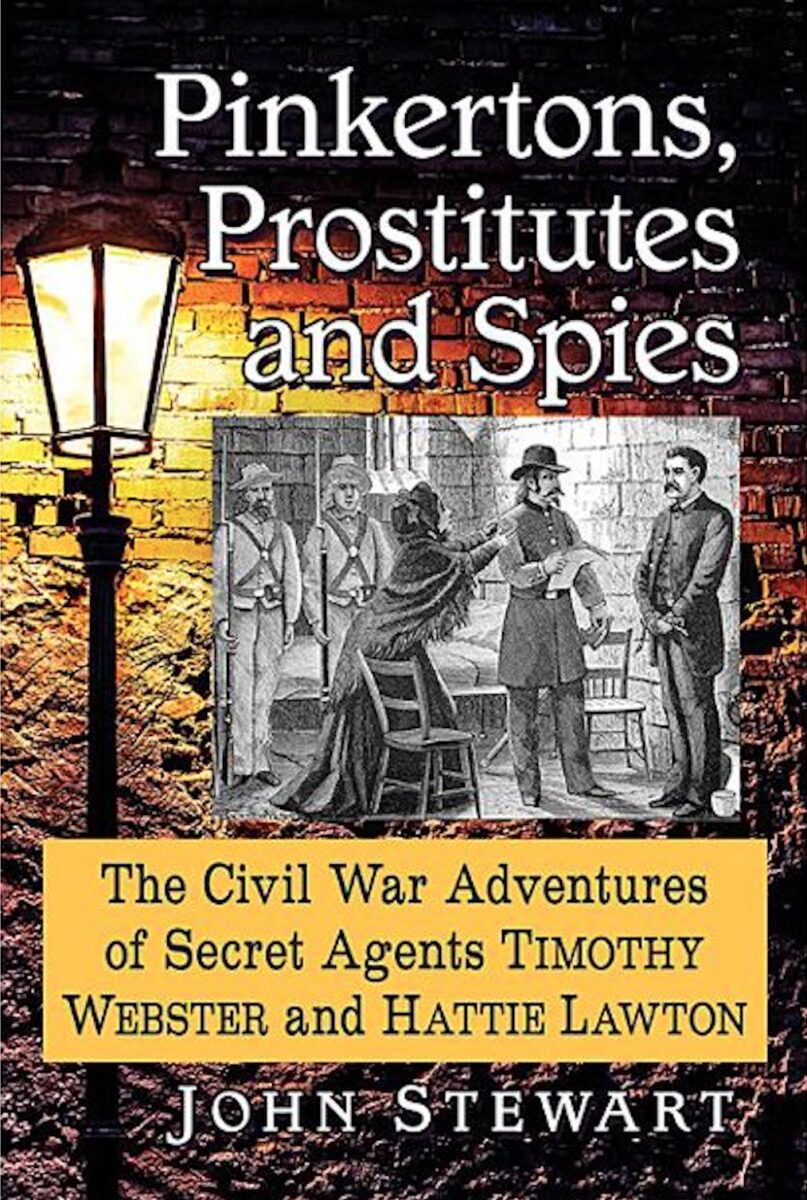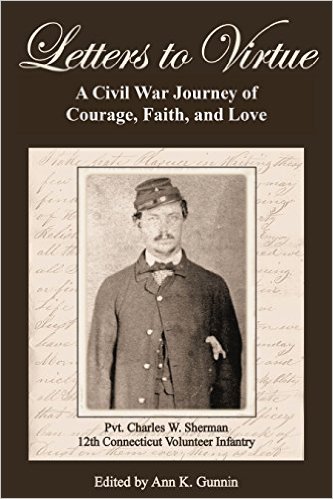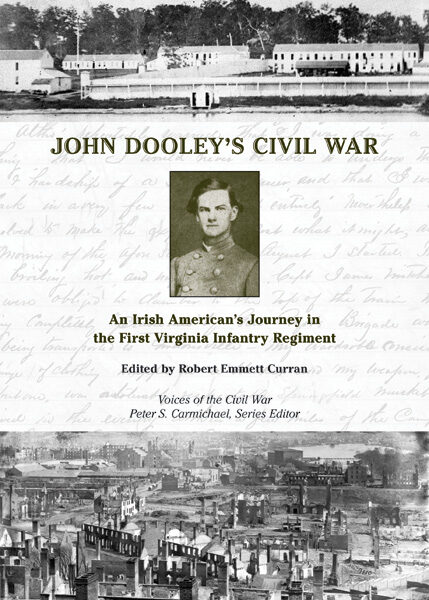John Stewart seeks to unravel the complexity of Hattie Lawton and Timothy Webster’s clandestine operations in Richmond, Virginia. The author begins his narrative with a prologue that introduces his main characters. Lawton and Webster were on the payroll of Allan Pinkerton’s detective agency during the Civil War years. Courtesy of “a Confederate hangman,” however, Webster’s service to the U.S. government was about to end.
Supported by lengthy endnotes, the first few chapters discuss Hattie and Timothy’s backgrounds and use of aliases to facilitate their ambitious endeavors—including Hattie’s venture into prostitution.
Fundamentally, the story is about Timothy Webster’s multiple errands south into Richmond, Virginia, during the Civil War to gather information as one of Pinkerton’s agents. Pinkerton hired on as the secret service chief for Maj. Gen. George B. McClellan, the commander of the Army of the Potomac.
In one of Webster’s clandestine missions into the South, female operative Hattie Lawton accompanied him, posing as his wife. Both were arrested on the suspicion of spying, but Webster received a sentence of death by the hangman’s rope. Hattie languished in Castle Thunder, a Richmond prison, for several months, before her pleadings bore fruit. In July 1862, her letter to “My Honorable President” moved Jefferson Davis to seek advice from Confederate War Department and prison authorities, who recommended her release in December.
Hattie was fortunate to regain her freedom and live a full life. Stewart continues his narrative by tracing Hattie’s wanderings and experiences into the future, including once again “as a Pinkerton agent, in one form or another.” Her earlier involvement in prostitution surfaced later in life, however, when a warrant for her arrest charged “Hattie Smith of keeping a disreputable house” while living in St. Louis, Missouri, after her marriage to T.J. Smith.
Hattie crosses paths with the well-known Rev. William Corby, who was chaplain of the Irish Brigade, and Lieutenant Colonel George A. Custer makes a cameo appearance in the story as commander of Fort Abraham Lincoln in Dakota Territory in 1873. Stewart also pieces together Hattie’s connection to a feud between Pinkerton operatives and Frank and Jesse James in Missouri in 1875.
The author questions some of Pinkerton’s facts in his memoirs regarding the aforementioned and other spying-related ventures, and he attempts to set the record straight. For example, Stewart raises doubts about Pinkerton’s assertions concerning an alleged plot to capture or kill newly-elected President Lincoln as he passed through Baltimore in 1861. He also points the finger at Pinkerton for his dubious and, perhaps, calculating actions that led to Webster’s arrest and death sentence. “One never stops being shocked and stunned, even dismayed, at Pinkerton’s almost desperate arrogance,” the author asserts.
Stewart did a yeoman job of searching the archives for documentation to thread together the story behind the story that Allan Pinkerton portrayed in The Spy of the Rebellion. Although his adventure-novel style of writing may give pause to some seeking a more academic presentation, Stewart’s end product provides a more precise picture of how and why these events evolved as they did—and without Allan Pinkerton’s embellishments.
Thomas J. Ryan is author of the award-winning books ‘Lee is Trapped, and Must be Taken’: Eleven Fateful Days after Gettysburg, July 4-14, 1863 and Spies, Scouts, and Secrets in the Gettysburg Campaign: How the Critical Role of Intelligence Impacted the Outcome of Lee’s Invasion of the North, June-July 1863.





